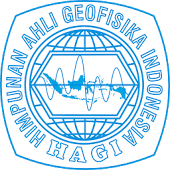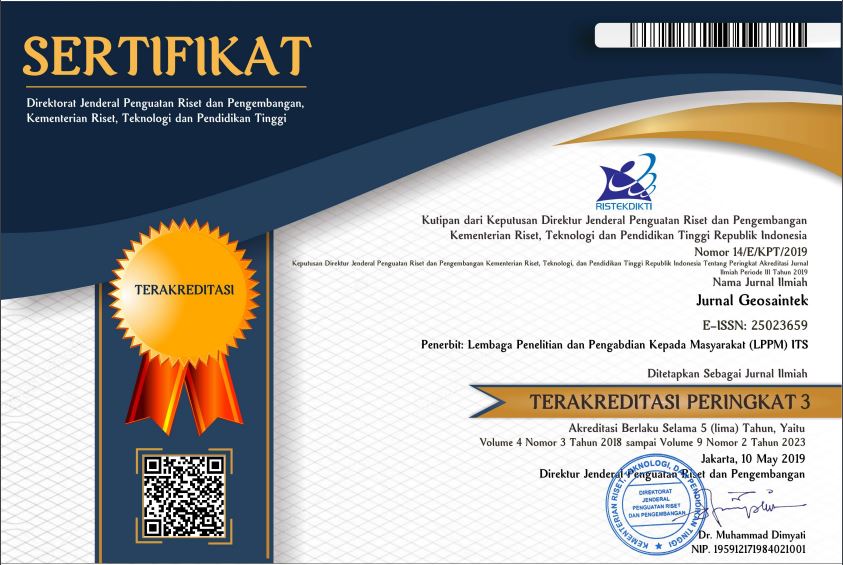Application Of Microseismic Monitoring In Underground Block Caving Mine
Abstract
Induced mine activities could make impact to the rock’s stability. Block cave mine has some area where development of the progressing cave line and heading are disturbing and having risk to harm people working in the surrounding area. Rock mass in massive solid rock generates movement in order acting the stress that applied in the environment. Local movement in the mine where it’s caused by blasting – artificial source or passively occurs when the rock finds its stability is generating acoustic P and S waves. Microseismic monitoring system has been applied in the active mine area to ensure a safety production. This paper describes an application of real time microseismic monitoring system in underground mine operation to support a safety production.
Keywords
monitoring; microseismic; block caving mine
Full Text:
PDFReferences
Atkinson, W. N (1903), “Report of H.M Inspector of Mines for the Stafford District for the year 1903.
Baypajee, T. S., Iannacchione, A. T and Schilling, S. R (2008), “Detecting Strata Fracturing and Roof Failures from Borehole Based Microseismic System”, 27th International Conference on Ground Control in Mining, pp. 313-318.
Lynch, R. A., Mendecki, A. J and D. Malovickho (2010), “Routine Microseismic Monitoring in Mines”, Australian Earthquacke Engineering Society Conference, pp. 1-33.
Makusha, G and D. Minney (2005), “A System to Provide Early Warning on Impending Goaf”, 24th International Conference on Ground Control in Mining, pp. 61-65.
Mendecki, A. J., G van Aswegwn, and P. Mountfort (1999), “A Guide to Routine Seismic Monitoring in Mines, in A Handbook on Rock Engineering Practice for Tabular Hard Rock Mines”, edited by A. J. Jager and J. A. Ryder, The Safety in Mines Research Advisory Committee, Johannesburg, pp. 287-309.
Obert, L and W. I. Duval (1945), “The Microseismic Method of Predicting Rock Failure in Underground Mining, Part 1, General Method, “Bureau of Mines, Report of Investigation 3797.
Obert, L and W. I. Duval (1967), “Rock Mechanics and the Design Structures in Rock”. John Wiley and Sons, Inc., New York, NY, pp. 113-118.
Vallejos, J. A and S. M. McKinnon (2009), “Re-Entry Protocols for Seismically Active Mines Using Statistical Analysis of Aftershock Sequences”, Proceeding of the 3rd CANUS Rock Mechanic Symposium, paper 4028.
DOI: http://dx.doi.org/10.12962%2Fj25023659.v4i1.3741
Refbacks
- There are currently no refbacks.

Jurnal Geosaintek diterbitkan oleh ITS bekerja sama dengan Himpunan Ahli Geofisika Indonesia (HAGI)
Disebarluaskan di bawah Lisensi Creative Commons Atribusi-BerbagiSerupa 4.0 Internasional.
Berdasarkan ciptaan pada https://iptek.its.ac.id/index.php/geosaintek/index.





